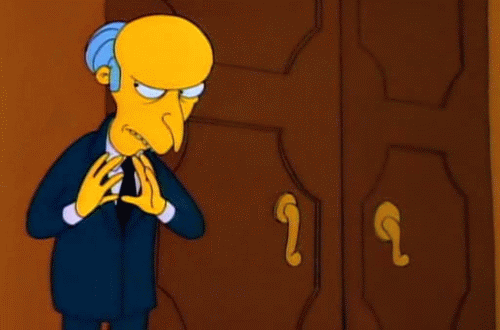Assessment Task 5 – Individual Reflection

When the Web-series project was introduced, I faced it with a mixture of apprehension and excitement. The prospect of creating a comedy show for the internet is something I felt passionate about because over the last few years I have become a fan of a few series, Jake and Amir and High Maintenance being at the top of the list. These shows both have a distinct comedic voice and tone and I wanted to emulate that on the production side of the semester. What attracted to me to Tits Up was the combination of its office setting and the female centric voice as it overlapped with the simple comedy I have watched for years but also had a strong message to deliver.
Throughout the semester I learnt a lot about the collaborative process as unlike other group assignments I have undertaken throughout the last two years, it involved working with students outside of my course. I have never worked on a media project I have not had a hand in creating or writing and so it was a new experience for me to leave that process up to someone else. One of my positive contributions to my group was my usefulness during the shoots. Most of the production crew were first year media students so my knowledge of cameras and experience helped me to competently capture or direct an episode. While directing the pilot I made sure to fully be aware of everyone’s role on set. I assisted the director of photography as they set up their shot, I ensured the multiple microphones were rolling and guided the actors through every scene. But as we shot episodes two through to five, I was cast as Derek and so while I was acting, I was forced to make fewer contributions behind the camera.
The collaborative process is a challenging undertaking, especially as more people are added. Tits Up started out with seven members but was expanded to nine during week five and the added crew created a difficulty in scheduling and the collation of ideas. The obvious discovery from the process was that constant communication is the key to a more cohesive collaboration, which is something I have always been aware of but have never experienced its necessity. We created a Facebook group to ensure every time a member needed to inform everyone on a change in the script or shooting schedule, we would all be alerted immediately.
During the pre-production period, we were searching for a location on the RMIT campus and I found a suitable space in the study space on level two of building thirteen. While the space had cubicles that resembled an office, I did not take into account that we would have be taking up space in the middle of a room devoted to private study. While we were still able to find the time to shoot our series, we had to be mindful of those around us who were using the space to study, which led to a few shifts in our shooting schedule. Because we could use the school campus without needing any release forms, we needed to settle for the best location we could find and this also limited us to the types of shots we could capture. The tight space between the cubicle and the hallway wall and the layout of the desks made it difficult for us to shoot wide or establishing shots. While this narrowed the range of camera angles we could use, it did force me to use the camera in a different way. An example of this is during the pilot, I changed my original idea of capturing the scene through a still shot to a tracking shot similar to the West Wing. This gave the scene a more dynamic feel, injecting an energy that I felt the episode was originally lacking and I enjoyed moving outside my comfort zone and creating something I would not usually attempt.
Before this studio, my understanding of production was merely from a removed perspective as I love film and TV, so I have read and heard a number of accounts from behind the scenes. One of my favourites is Jake and Amir, a web-series that ran for over eight hundred, two-eight minute episodes and I also listen to the podcast they started after their show ended. The stories they have told from the set on their podcast reveal how Jake and Amir began and evolved into the staple it became for internet entertainment. What started out as a simple video created in their free time became a fully-fledged series, with reoccurring characters, running jokes, call-backs and character development and it lasted as long as it did because of their passion for the show. As I helped to create Tits Up, I realised passion is a key element in providing a driving force to help create something worth watching. As I mentioned above, I have never worked on a project I did not have a hand in creating and so while I devoted as much as I could to making a good looking web-series, I did not inject as much passion as I have for other projects because it was not mine and that is something I could have improved on.
Collaboration, especially in the media industry, is crucial in creating something to be proud of and worthwhile. Communication and trust are cornerstones of the process and this project opened my eyes to what it takes to be a helpful member of a team, and that knowledge is unparalleled when facing a future creating alongside others.






